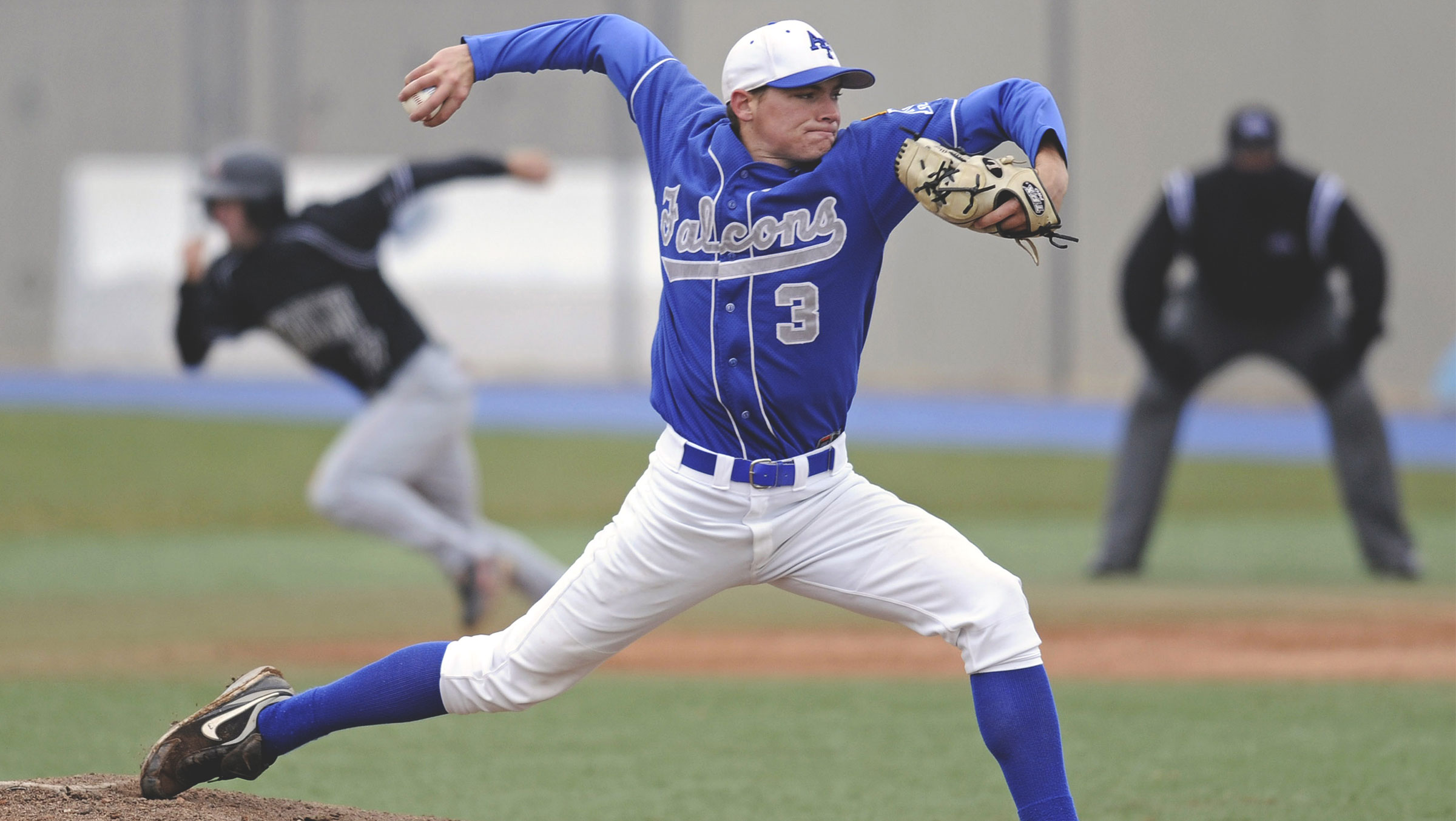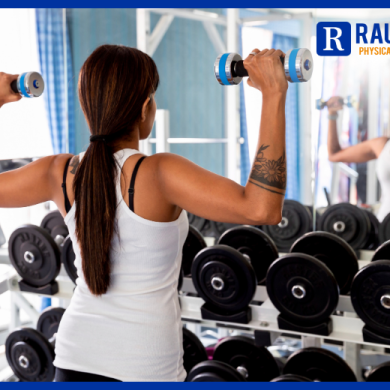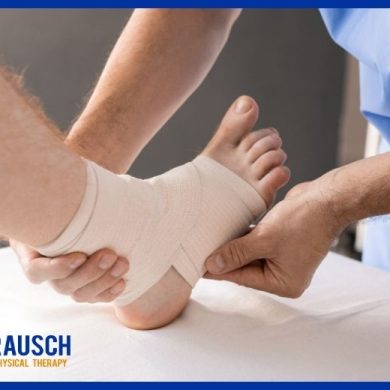At Rausch Physical Therapy and Wellness, we believe that movement is medicine—at every age and every stage of life. That’s why we’re excited to announce our new partnership with Fort Fitness,
To Throw or Not to Throw this Offseason?
June 28, 2018 9:37 pm / Category: Baseball

Baseball season is tough enough on a young athlete’s body, should you really be throwing in the offseason? PT Jonathan Meltzer explains what you should do in the offseason to set yourself up for a successful, healthy upcoming season.
BY JONATHAN MELTZER, PT, DPT, RAUSCH PHYSICAL THERAPY
Baseball demands a lot out of a young athlete’s body through the course of a season. It’s the only sport that plays on consecutive days in a week, multiple weeks throughout the year. The ability to make it through the season healthy takes time, effort and diligence. As The Baseball PT, the questions I always ask my patients at the end of the season are:
- Did you stretch, foam roll and warm up properly before and after every practice and game?
- Did you perform your rotator cuff and scapular strength exercises?
- Did you let your coach, trainer or physical therapist (me) know if you were struggling with pain or an injury?
The answer should be a resounding, “Yes!” to all these questions. If your answer is, “I’ll just deal with it/recover in the offseason,” guess what? It’s the offseason and your arm is sore, your legs and back feel tight, but then club/college teams are asking you to jump on their team! Should you do it? Is it smart? Are you risking your arm health?
The fact is that playing summer ball or going to college recruitment is a top priority if you want to advance your baseball career, and I agree that you should take advantage of those opportunities. However, I have specific recommendations for my players, especially pitchers, to help them be smart about offseason play.
#1 – Take a four to six-week break
Immediately after the season ends, I recommend you take four to six weeks off from throwing completely. The shoulder and elbow need about a month for the tissue to calm down, regenerate and recover from the season-long wear and tear. Consider this time as an “active rest,” defined by:
- Cross Training with a different sport or activity
- Recovery with soft tissue work and stretching
Once you have completed the recommended four-to-six week break, begin a return-to-throwing program—slow and steady.
#2 – Get strong in the summer
Summer is the time to lift and get really strong so you can improve the dynamic stability and rotational strength you need to return to play. Implementing specific strength exercises, such as lunges, deadlifts, and rotational med ball toss, as well as agility training and plyometric exercises, are crucial during this time.
Conclusion
So, to throw or not to throw? Both! Take that initial four to six weeks off to let the tissue heal, then progress into an interval throwing program. If you’re confused on how to do this, make an appointment with me at Rausch Physical Therapy & Sports Performance; I’ve developed a return-to-throwing program that will get you where you need to go. If you use the offseason to develop good recovery habits, train hard and expand your strength, you can set yourself up for a successful upcoming season.

Click to learn more about Jonathan and our other physical therapists »






